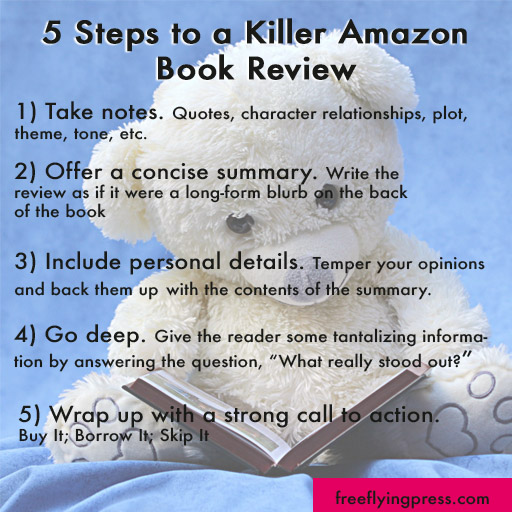Strokes Before Pummels - Kindness Before Criticism
/Hey y’all,
Aren’t most people resistant to criticism. Some may even be terrified of it, especially writers when it comes to their work. For me, my anxiety around criticism started in my college creative writing class. In each one I took, there were students who loved to revel in their brilliance when it came to incisive criticism. To say I was traumatized might be going a bit far, but by the time I came to the Extension Writers Workshop at the University of Washington, Seattle in the 90’s, I was truly defensive (still am, really) and very apprehensive about the critique process.
The Writers’ Workshop was divided into 3 capsules of roughly 2 ½ months with breaks to make up a 9-month program. The Cage-Escape-Quest-Dragons-Home structure I wrote about in the blog on August 1st I learned in this course, in the 2nd and 3rd capsules.
But the most awesome teacher of the course was in my 1st. Margaret Grossman was so fantastic, all of us wanted to keep her. In her evaluation, many of expressed a preference to have her teach our 2nd capsule, and if we could, have her as our teacher for the whole course. Our praise of Margaret was so lavish that she almost got in trouble for it. Too many ruffled feathers and bruised egos, I suppose. Either way, she talked to us about the value of having a variety of teachers so we would learn more about the craft of writing, and to please be at peace with moving on for the next capsule.
In her mid-to-late forties, Margaret had the ageless quality that prompted her elder daughter’s friends to say: “That’s your MOTHER?” She had thick, dark, red hair, and hippie overtones to her style of dress. She had the good sense to prefer comfort over fashion, casually dressed in jeans and cozy sweaters (this capsule started in January).
“It is ridiculous for anybody to get an MFA right after undergrad,” Margaret said one night. “If you want to be a writer, give yourself something to write about. Get out there and do some living.”
Margaret was living proof good stories came from a vivid life. Her life story was as fascinating as anything you would read in a novel. She grew up rough. Alcoholic parents – her father drank himself to death by the time she was in her twenties. Her mother was still alive, but if Margaret didn’t call her by 11am, she was already incoherent. Margaret was a huge fan of Jack Kerouac before alcoholism sucked his soul dry. She had lived the On the Road lifestyle as a young teenager, leaving home to hitchhike at 14. When I expressed shock at how dangerous it must have been to throw herself in the world like that, she said: “With what was going on at home, I felt safer on the road.” She listened to Alan Ginsburg read poetry to the urchin runaways who found themselves in his backyard – she was one of them. This was the early days of Naropa Institute in Boulder, Colorado. Somewhere in all this, her mother got her married off to some guy she didn’t like all that well, with whom she had two daughters. She left him, managed to get an education (with an MFA), and remarry somebody she liked a lot more who took on her daughters as his own. Since they had no relationship with their bio-father, I think that made things much simpler.
“My husband’s pretty aware,” she said. “He knows sperm doesn’t really matter.”
Obviously, Margaret Grossman was a very intriguing human. And it was Margaret who taught us how to critique effectively. In fact, it was the first thing she taught us before she let us anywhere near each other’s writing. Her technique was simple. Rooted in kindness.
“Writers are insecure,” she said. “We all are. Just admit it. We don’t get enough nourishment, so always put the positive before the negative. Point out everything you like about somebody’s work before you criticize it.”
And the more we waxed eloquent over the qualities we liked – even loved - about a piece the better. Flattery was the silver bullet of criticism. For the recipient of the critique will receive what you had to say after you compliment their work. Also, as the giver of the criticism, you’ve been primed to deliver in a way that is softer and gentler. Instead of focusing on your critical brilliance, you find yourself with the desire to help your fellow fledgling writer.
Of course, for anybody who LIKES to give incisive, crushing critiques to kill the spirit of vulnerable, beginning writers, this blog is not for you. Unless you’re an editor of a major publishing house or at least an average literary agent, people are probably going to think you’re a douche bag, so I hope the ego massage is worth it.
Speaking of massage, that works the same way as an effective critique. Pummeling is a healing technique. When done with excellent timing, after the body is warmed up and relaxed, pummeling brings the recipient to even deeper relaxation. It is actually a pleasure when the therapist literally punches your back with their fists, if you’ve been massaged first.
Imagine that! What could be painful feels really good if it’s delivered after a whopping dose of praise! Healing massage and good writing - who would have thought the 2 had this much in common?
For the record, Margaret wasn’t all sugar and sweetness. She had an editing symbol reserved for irredeemable pieces of shit. From what I remember, she made a mini-tree, and what that symbol meant was: “You killed a tree for this!” She said she only had to use it once. She also said she still found something she liked about a piece that she thought so awful she used the dreaded murdered tree editing symbol. To my relief, Margaret did not use it on any of my work.
I haven’t thought of Margaret Grossman in years. I never saw her again after her workshop. I’ve used her critiquing technique ever since I learned it, and this came up in my most recent gathering of writers. I mentioned that I should write a blog about this, and their enthusiastic response: “Do it!”
Anyway, with my memory jogged, I tried to Google Margaret Grossman to see what became of her. All I found was something vague, but it looks like she died in 2001. She from the University of Washington had her in her journal footnotes – “Margaret Grossman’s death.” Why that was on the internet, I don’t know. I only know that my heart hurt when I read that.
RIP you spectacular, warrior woman. You inspired me more than you will ever know.
Massage before Pounding. Positive Before Negative. Kindness Before Criticism. It’s the only way to critique. In writing and in life.
Margaret Grossman’s legacy is worth remembering.
Peace,
Montgomery















